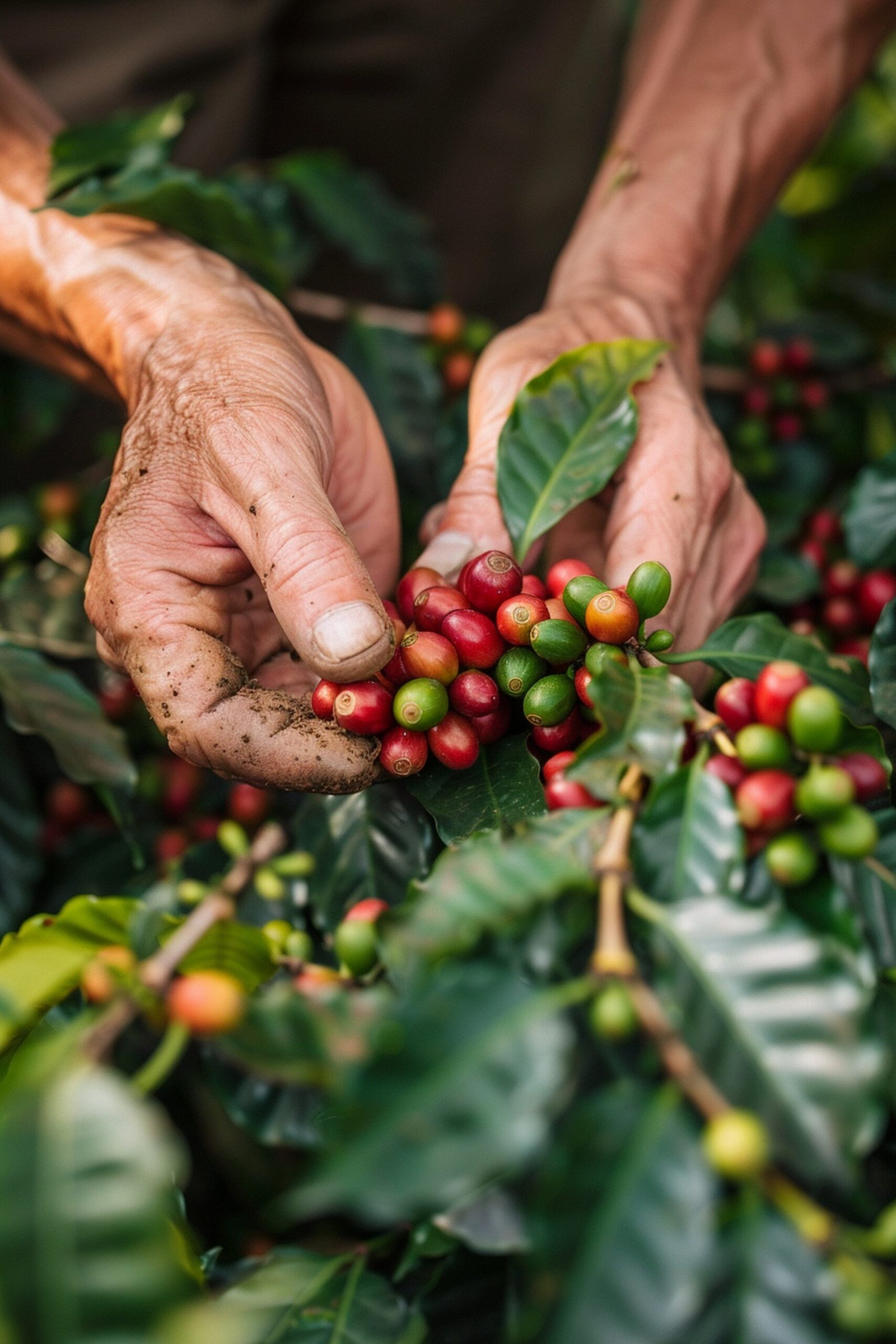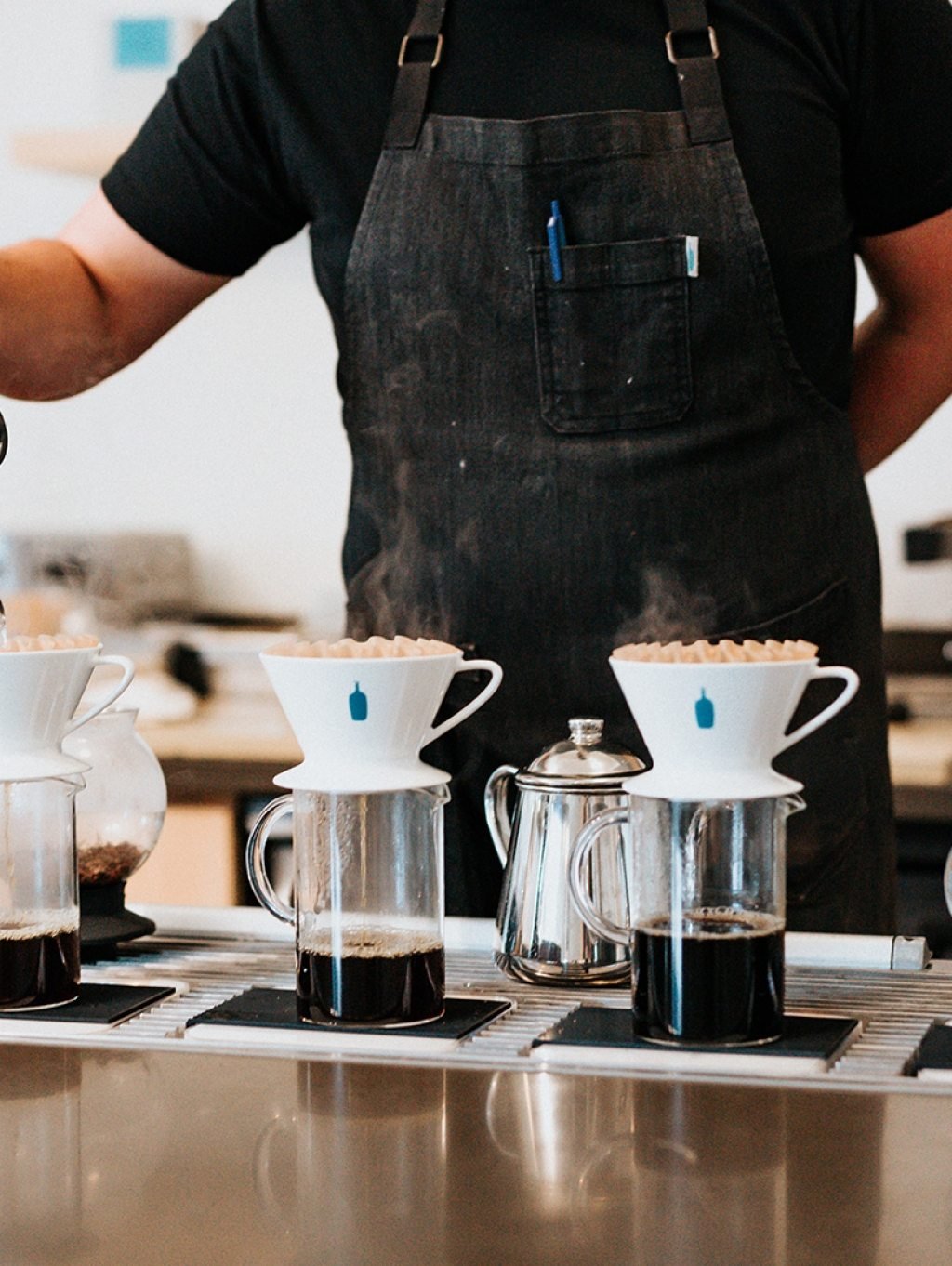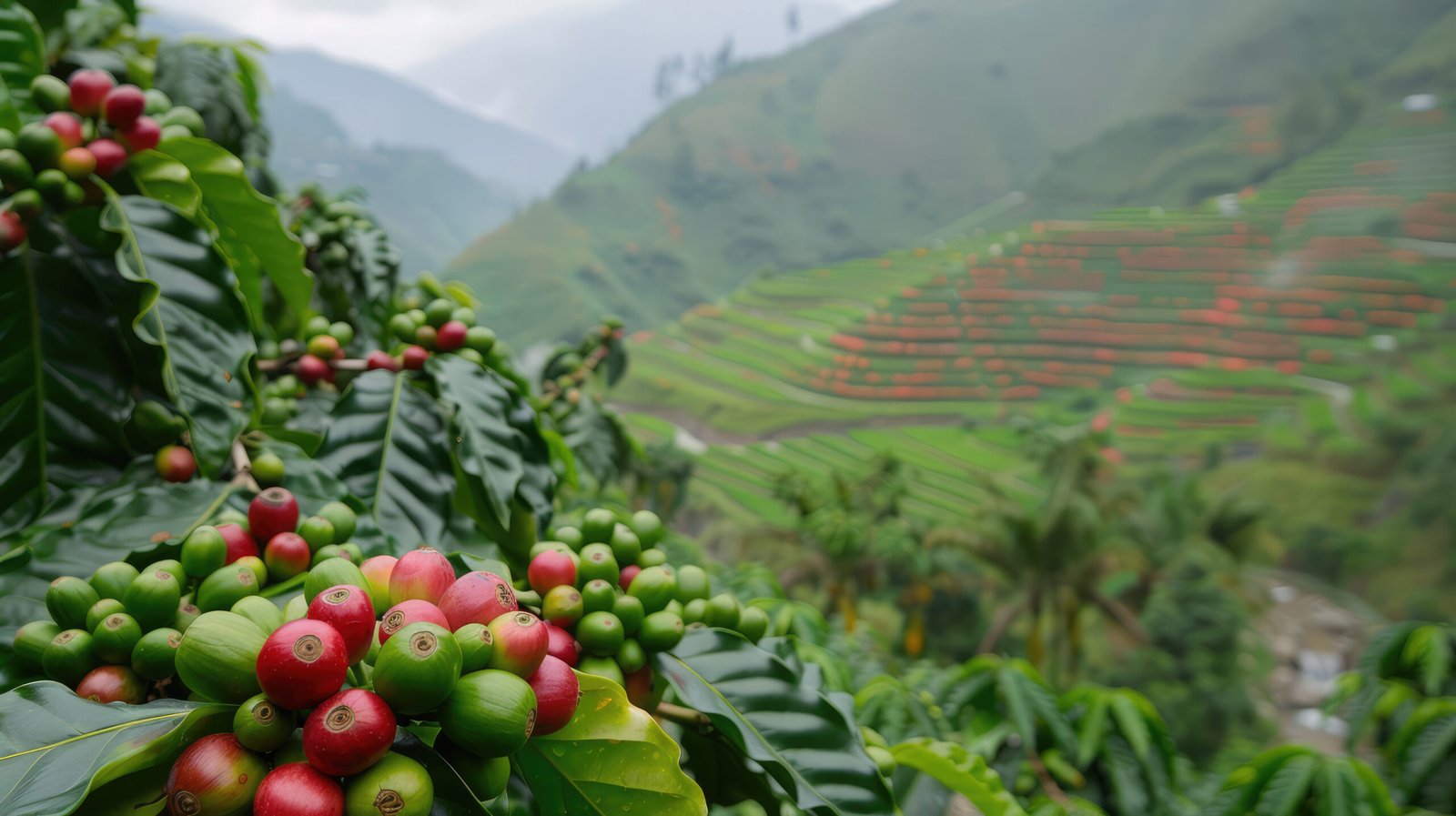COFFEE
The History of Coffee:
From Ancient Roots to Your Perfect Zvegor Cup
Ever wondered about the incredible odyssey behind your morning brew?
At TZB, every bold sip of Zvegor Coffee carries a story. One that spans centuries, continents, revolutions, and rituals. From humble wild berries to café counters and corner offices, coffee’s journey is steeped in mystery, power, and cultural transformation.
So, go ahead. Brew that cup. Let’s time travel together.
Ethiopian Origins:
Dancing Goats & the Birth of Coffee
In the misty highlands of Ethiopia, a curious goat herder named Kaldi noticed something odd: his goats were unusually energetic after munching on red berries. Intrigued, Kaldi tried them himself, and coffee’s legend was born.
While the tale is likely more folklore than fact, Ethiopia remains coffee’s genetic and spiritual homeland. Indigenous Arabica still grows wild here, with flavors and aromas unmatched anywhere in the world.
THE HISTORY OF COFFEE


Yemen:
The Birthplace of Coffee Culture
From Ethiopia, coffee crossed the Red Sea into Yemen, where Sufi monks brewed it as qahwa to stay awake during long nights of prayer and meditation. By the 15th century, Yemen had transformed coffee into a revered ritual and a booming business.
Yemen’s port of Mocha became the world’s first coffee export hub, so yes, the next time you sip a mocha, you're tasting history.
Bans, Backlash & Brewing Uprisings
Coffee’s rapid popularity stirred suspicion.
In Mecca (1511) and Cairo (1532), authorities banned coffeehouses, claiming they were hotbeds of rebellion and moral decay. But the people weren't having it. They protested, they brewed louder, and the bans were soon overturned.
This pattern, resistance followed by acceptance, echoes throughout coffee’s history. It’s always been more than a drink; it’s a movement.
From the Middle East to Europe:
Coffeehouses & Culture
By the 17th century, coffee reached Venice and quickly spread through Vienna, Paris, and London. At first, the clergy declared it the "bitter invention of Satan", until Pope Clement VIII took a sip and declared it divine.
Soon, coffeehouses became “penny universities”: public spaces where one penny bought a cup of coffee and a front-row seat to poetry, politics, and philosophy. Places like Lloyd’s of London started as humble coffee shops.
THE HISTORY OF COFFEE


Africa:
Coffee’s Soulful Symphony
Beyond Ethiopia’s wild forests, African nations such as Kenya, Rwanda, and Uganda produce coffees bursting with brightness, complexity, and character.
Zvegor partners with smallholder farmers and cooperatives who steward these lands with tradition and love, ensuring every sip tells a richer, truer story.
India’s Sacred Seven Beans
Coffee arrived in India with a bold smuggler: Baba Budan, a 17th-century Sufi saint.
On his pilgrimage back from Yemen, he hid seven fertile beans in his robes and
planted them in the hills of Karnataka.
Those beans birthed India’s coffee culture, now thriving
with shade-grown Arabica, Robusta, and monsoon-aged beans, many of which are
proudly featured in Zvegor’s Indian-origin blends.
Colonial
Shadows & Ethical Sunrise
Coffee’s global rise wasn’t all sunshine and steam. European
colonial powers turned it into a commodity, building plantations on the backs
of enslaved and exploited labor across Africa, the Caribbean, and South
America.
At TZB, we don’t gloss over this history. Instead, we actively honor it through ethical
sourcing, fair trade practices, and partnerships rooted in dignity and
sustainability.
Africa:
Coffee’s Soulful Symphony
Beyond Ethiopia’s wild forests, African nations such as
Kenya, Rwanda, and Uganda produce coffees bursting with brightness, complexity,
and character.
Zvegor partners with smallholder
farmers and cooperatives who steward these lands with tradition and love,
ensuring every sip tells a richer, truer story.
Italy’s
Espresso Revolution
In 1901, Italian inventor Luigi Bezzera patented the first
espresso machine. In 1945, Achille Gaggia turned up the pressure, literally,
and gave us the modern espresso, crowned with a golden crema.
That one invention reshaped how the world drinks coffee.
Zvegor’s bold, short-brewed styles draw directly from this Italian tradition,
blending depth with modern flair.
From Boston
to the Global Stage: Coffee in the West
Did you know coffee became a symbol of independence in the
U.S.?
After the Boston Tea
Party (1773), Americans boycotted tea in protest of British rule, and
coffee surged as a patriotic alternative.
Fast-forward to the 20th century: the invention of instant
coffee, vacuum-sealed cans, and eventually, the rise of modern coffee culture
turned coffee into a global daily ritual. But in recent decades, a new movement
stirred.
The Third
Wave: Coffee with Consciousness
Welcome to today’s third-wave coffee era, where every bean
is:
● Sourced transparently
● Roasted in small batches
● Tested by tasters (Q-graders)
● Traced back to the farmer’s hands
Zvegor was born in this movement.
We believe coffee is not just a product, it’s a connection, a conversation,
and a craft.
Why Zvegor?
A Legacy in Every Bean
We don’t just roast coffee. We preserve heritage, empower
growers, and reimagine tradition. When you drink Zvegor, you’re not sipping a
trend. You’re continuing a legacy that began with a goat, a monk, and a
revolution.
Taste the
Legacy in Every Cup
Bold. Ethical. Rich with story.
[Explore Zvegor Coffees] | [Shop Zvegor Coffee] |
[Experience Brigitta Café]
Share
Your Zvegor Story
How has coffee changed your day? Share your rituals, photos,
or memories using #ItAllBeginsHere.
Each month, we’ll spotlight one story from our global community. Let’s brew a
brighter future, together.